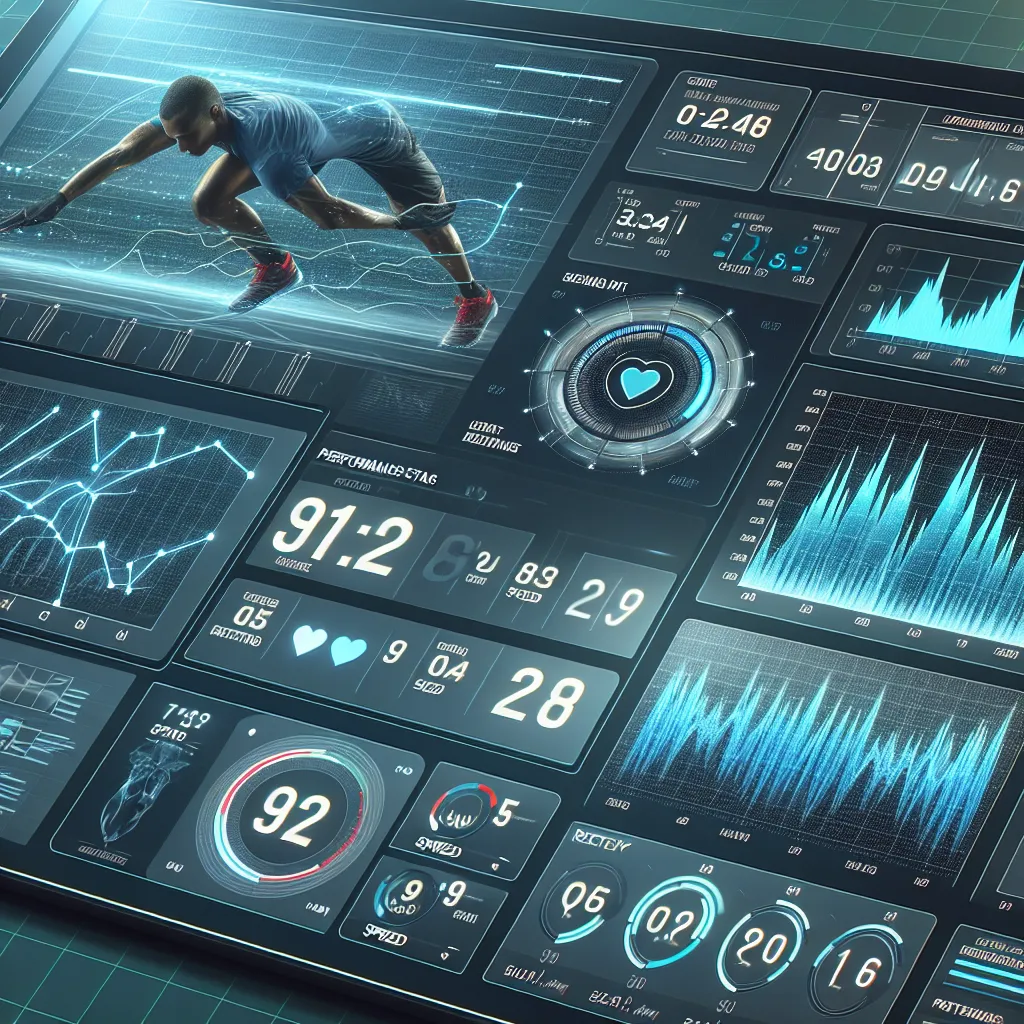Athlete monitoring is a crucial concept in sports science and performance management. As an IELTS candidate, understanding this term and its related vocabulary can significantly boost your performance in the exam. Let’s dive into the intricacies of “athlete monitoring” and explore how you can effectively use this terminology in your IELTS preparation.
Definition and Context
Athlete monitoring (noun) /ˈæθliːt ˈmɒnɪtərɪŋ/: The systematic process of tracking and evaluating an athlete’s physical and psychological state to optimize performance and prevent injuries.
This term is commonly used in sports science, exercise physiology, and professional athletics. It encompasses various aspects of an athlete’s well-being and performance, including physical fitness, nutrition, recovery, and mental health.
Examples in Context
-
The coach implemented a comprehensive athlete monitoring system to track the team’s progress throughout the season.
In this sentence, “athlete monitoring” is used as a noun phrase describing a systematic approach to tracking athletes’ development. -
Regular athlete monitoring helped identify early signs of fatigue, allowing for timely adjustments to the training program.
Here, the term is used to emphasize the preventive aspect of monitoring, highlighting its role in maintaining athlete health and performance. -
Advanced technologies in athlete monitoring have revolutionized how sports teams manage their players’ workloads.
This example showcases the technological dimension of athlete monitoring, illustrating its evolution in modern sports. -
The sports psychologist emphasized the importance of including mental health parameters in athlete monitoring protocols.
This sentence demonstrates the comprehensive nature of athlete monitoring, extending beyond just physical aspects to include psychological factors. -
Effective athlete monitoring requires a multidisciplinary approach, involving coaches, physiologists, and nutritionists.
Here, the term is used to highlight the collaborative effort required in implementing a successful monitoring program.

Frequency in IELTS
The term “athlete monitoring” and related concepts are moderately common in IELTS, particularly in:
- Reading passages about sports science or technology in athletics
- Listening sections discussing sports management or athletic performance
- Writing Task 2 essays on topics related to sports, health, or technology in fitness
- Speaking Part 3 questions about sports, health monitoring, or technology in athletics
Vocabulary Analysis
Word Structure
- Athlete (noun): A person who competes in sports
- Monitoring (noun): The act of observing and checking the progress or quality of something over a period of time
Synonyms and Antonyms
Synonyms:
- Performance tracking /pərˈfɔːməns ˈtrækɪŋ/: The process of recording and analyzing an athlete’s performance over time.
- Fitness surveillance /ˈfɪtnəs sɜːˈveɪləns/: Continuous observation of an athlete’s physical condition.
- Athletic assessment /æθˈletɪk əˈsesmənt/: Evaluation of an athlete’s capabilities and condition.
Antonyms:
- Neglect /nɪˈɡlekt/: Failure to care for or monitor properly.
- Disregard /ˌdɪsrɪˈɡɑːd/: To pay no attention to; to ignore.
Memorization Techniques
Mind Map
Create a mind map with “Athlete Monitoring” at the center, branching out to related concepts:
- Physical Metrics
- Heart Rate
- Speed
- Strength
- Recovery
- Sleep Quality
- Recovery Phase
- Nutrition
- Performance Analysis
- Technique Evaluation
- Competition Results
- Psychological Factors
- Stress Levels
- Motivation
Mnemonic Story
Imagine an “ATHLETE” (A) wearing a smartwatch that constantly “MONITORS” (M) their every move. The watch beeps to alert about heart rate (H), tracks running speed (S), and even suggests when to take a break for recovery (R). This high-tech approach helps the coach make informed decisions about training and load management.
Practice Exercises
-
Write a paragraph about the benefits of athlete monitoring in professional sports.
-
Create a dialogue between a coach and an athlete discussing the results of recent monitoring data.
-
Describe how technology has improved athlete monitoring in the last decade.
-
Compare and contrast traditional methods of athlete assessment with modern monitoring techniques.
-
Discuss the ethical implications of extensive athlete monitoring in an IELTS Writing Task 2 style essay.
Conclusion
Mastering the concept and vocabulary of “athlete monitoring” can significantly enhance your IELTS performance, especially in tasks related to sports, health, and technology. Remember to practice using this term in various contexts, from writing essays to speaking about sports management.
By understanding the nuances of athlete monitoring, you’re not just learning a new term, but gaining insight into a crucial aspect of modern sports science. This knowledge can be applied across different sections of the IELTS test, demonstrating your ability to discuss complex topics with precision and fluency.
We encourage you to incorporate “athlete monitoring” and its related vocabulary into your IELTS preparation. Practice creating sentences, engage in discussions about sports technology, and consider how this concept relates to broader themes like health management and technological advancements in athletics.
Don’t hesitate to share your experiences or ask questions about using this vocabulary in the comments section below. Your engagement will not only reinforce your learning but also help fellow IELTS candidates in their preparation journey.